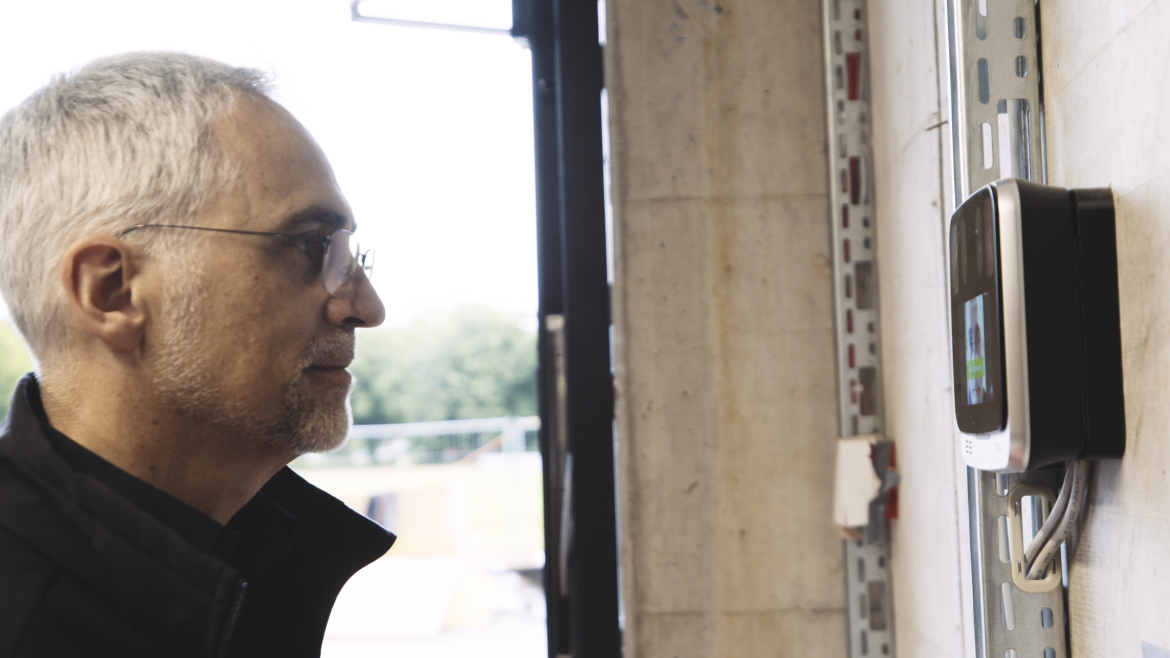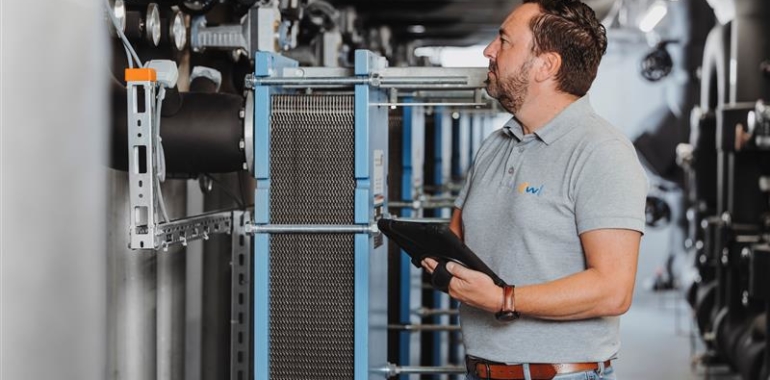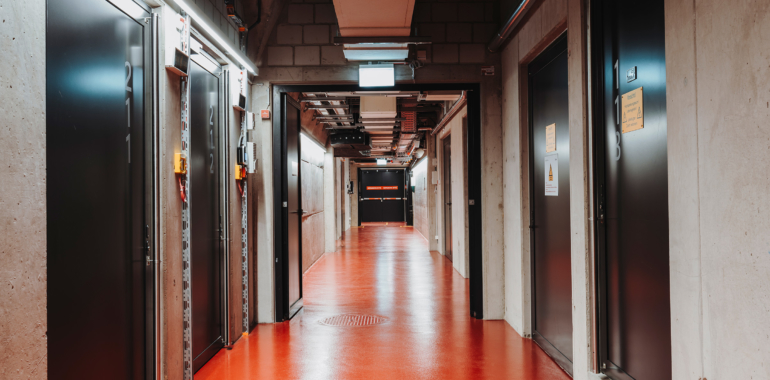Data is the gold of our time. It should be protected accordingly. Traditional server rooms, as they are often still found, no longer comply with modern security standards. State-of-the-art data centers are the answer.
Security zone classification
Physical access to servers, storage or network components can bypass many layers of cybersecurity. The starting point of an overarching concept for the physical security of data centers is therefore the division into four to six security zones. The outermost zone protects the perimeter and the innermost zone protects the computer racks. Particularly in the case of colocation data centers, where different customers rent out space, it is important that customers can only enter the rooms, respectively their racks, assigned to them.
Modern access and monitoring systems
Security starts with the building. Modern data centers have a robust building shell due to their special construction. This is particularly evident in underground facilities. To prevent unauthorized access, data centers should have separate entrance airlocks for people and material. The personnel airlock ensures that only one person can enter or exit at a time, while the material airlock controls the flow of materials. Ideally, access control is done by using biometric features such as fingerprints, facial recognition or iris scans. Additional software is often used to track when and where people are within the facility. For indoor and outdoor areas, high-resolution surveillance cameras and laser scanners are mostly used. Combined with advanced analytics software, this enables real-time monitoring and detection of potential threats.
Early detection measurement and resilient facilities
Modern facilities have tens of thousands of measurement points that systematically measure temperature, humidity, pressure, switching state, water leaks and power consumption. If the measured factors are not within the defined ideal ranges, this can have a negative impact on data center operations. This must be detected and avoided at an early stage. In addition, professional data centers have fire detection and extinguishing systems, early fire detection through smoke extraction systems (RAS), intrusion alarm systems, and building and security control systems. Some data centers additionally use oxygen reduction systems to slow the potential spread of fire. For safe operation, all vital systems are usually designed redundantly. Of particular importance is a redundant supply of electrical power to guarantee - in the event of a power failure - an uninterruptible power supply.
Zusammenfassend lässt sich sagen, dass die physische Sicherheit als Grundlage der Cybersicherheit oberste Priorität haben sollte. Egal, ob Auslagerung oder Backup: Die Auswahl des richtigen Datacenters ist hierbei entscheidend.




